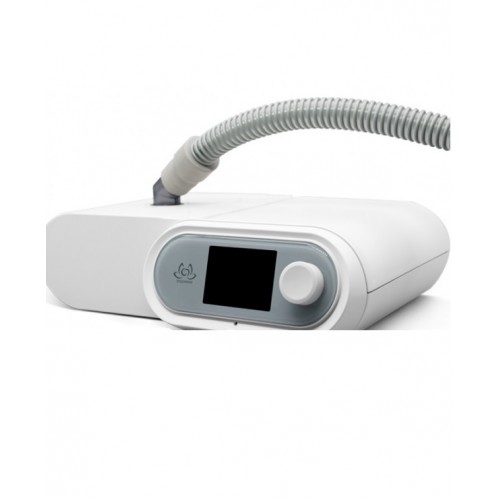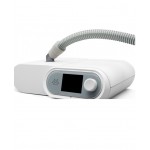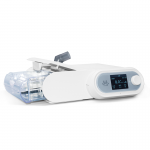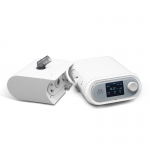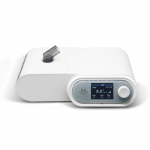Your shopping cart is empty!
MENU
Home Non-invasive ventilation (NIV) with bi-level positive airway pressure (BiPAP) is commonly used to treat patients admitted to hospital with acute hypercapnic respiratory failure (AHRF) secondary to an acute exacerbation of chronic obstructive pulmonary disease (AECOPD).
Home Initiation of Chronic Noninvasive Ventilation in Patients with COPD as Safe but Cheaper Than In-Hospital Initiation.
Home-initiation of chronic noninvasive ventilation (NIV) in patients with chronic obstructive pulmonary disease (COPD) with chronic hypercapnic respiratory failure (CHRF) was shown to be as safe as in-hospital initiation, and reduced costs by over 50%.
Shortness of Breath, most of them are due to heart or lung conditions.
Your heart and lungs are involved in transporting oxygen to your tissues and removing carbon dioxide, and problems with either of these processes affect your breathing.
Lung Parenchyma, it is the portion of the lung involved in gas transfer – the alveoli, alveolar ducts and respiratory bronchioles.
However, some authors include other structures and tissues within the definition.
There are shortness of breath at rest and aggravated by exertion and dry cough.
CPAP mode, the patient has strong spontaneous breathing, and the ventilator provides the same pressure in both inspiratory and expiratory phases to help the patient open the airway.
S mode, the ventilator is triggered by the patient. IPAP and EPAP are provided, and patients control respiratory rate and I/E ratio and inspiratory time autonomously.
T mode, Weak spontaneous breathing or inability to initiate spontaneous ventilation. Complete control of client’s respiration and control of IPAP, EPAP, BPM, and inspiratory time.
S/T mode, When the respiratory rate is less than the backup BPM, the S mode works. When the respiratory rate is more than the backup BPM, the T mode works.
VAT volume assurance technology, it can automatically estimate and provide progressive pressure by monitoring the change of tidal volume of patients, and automatically guarantee the tidal volume of patients, so as to effectively meet the non-invasive ventilation treatment of low tidal volume users.
PC, it is mainly used for patients with high respiratory rate, low tidal volume and hypoxemia.

